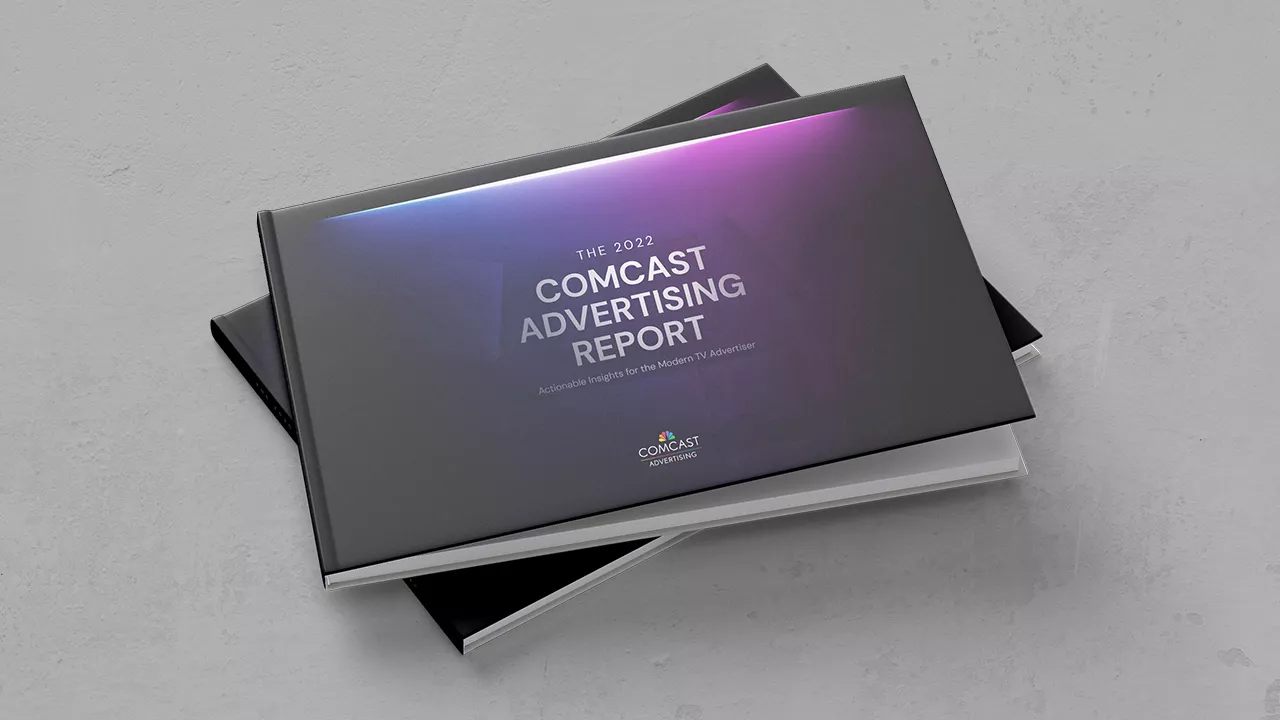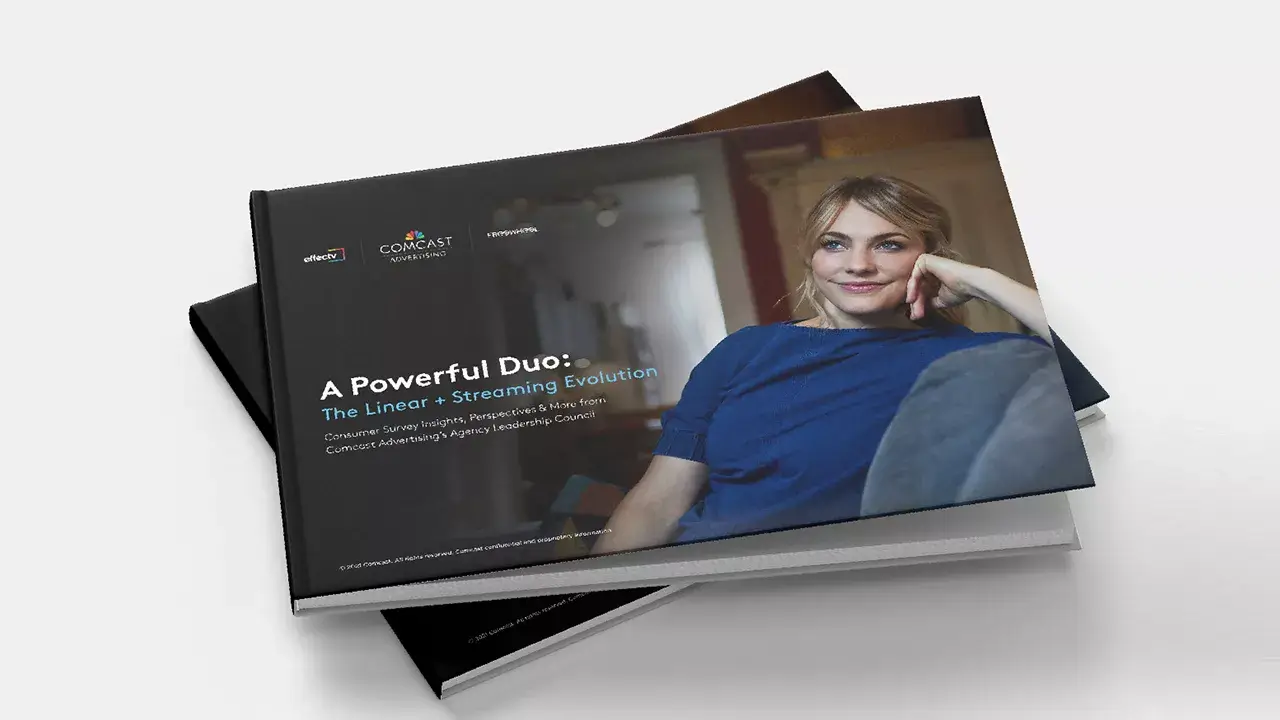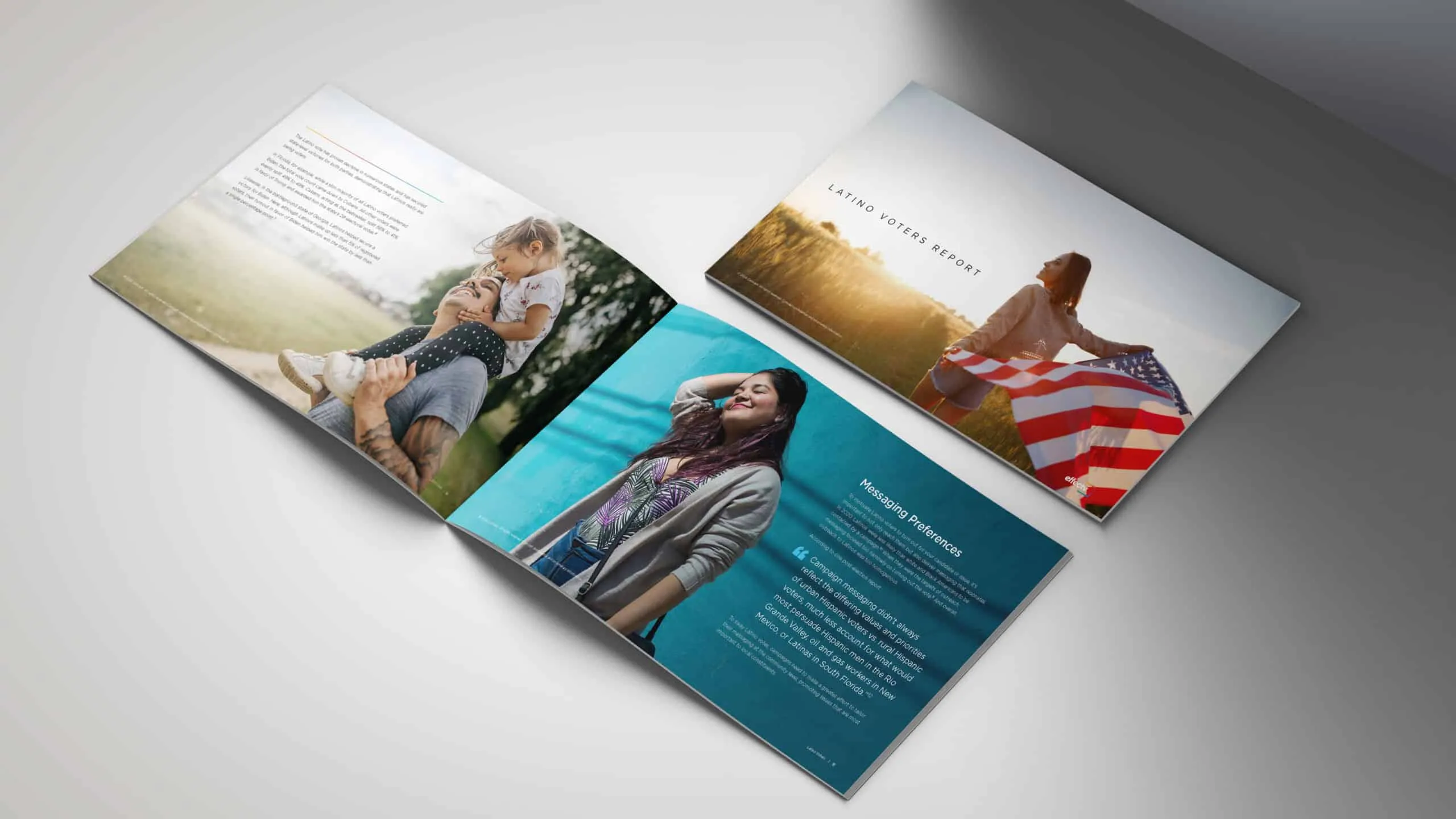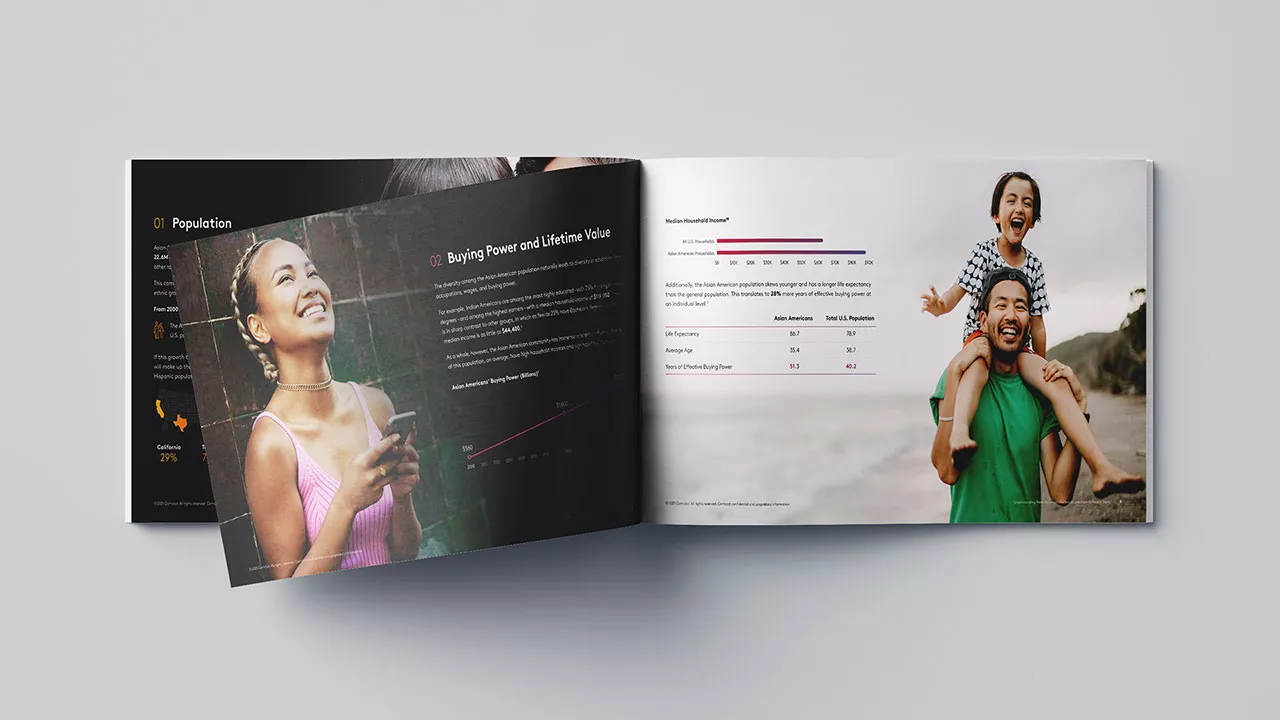The 2022 Comcast Advertising Report
Learn how to optimize your streaming & TV advertising strategies with new insights from the Comcast Advertising Report, based on data from 20K+ Effectv campaigns, platform insights from FreeWheel and more.
The TV Viewership Report For 2H 2021
In this issue, the latest data finds growth in live TV consumption and ad exposure data shows 78% of streaming happens on the TV screen, among other insights. Get the latest data and insights to drive advertising campaign success.
AANHPI Voter Report
The Asian American, Native Hawaiian, and Pacific Islander (AANHPI) population makes up a growing voter segment. In this report, we'll delve into demographics, review voting trends, discuss successful outreach strategies, and look at TV viewing habits.
Get The Latest Streaming Insights
Learn about streaming's role in a comprehensive video advertising strategy. The report published by Comcast Advertising's Agency Leadership Council highlights consumer survey data, agency leader perspectives and more to reach a singular conclusion: the most effective advertising campaigns combine TV and streaming.
Latino Voter Report
Latino voters make up a large and growing group that can be decisive at the polls. In this report, learn about Latinos’ voting trends and how to reach them in persuasive and impactful ways.
Cable TV Ads Impact Election Outcomes
In a comparison of TV ad campaigns accross 28 statewide senate and gubernatorial races during the last election cycle, we found successful campaigns saw higher reach, share of voice, and more.
OTT And Its Place In The TV Ecosystem
As consumers stream more content to their devices of choice, Over The Top (OTT) has become more and more important for advertisers to use as a marketing channel. Learn more in our latest white paper.
What is “TV”?
TV consumption is on the rise, and at the same time “TV” has evolved from the physical device in the living room to refer to many different aspects of premium content viewing.
Understanding Asian American Audiences and How to Reach Them
The Asian American community is growing faster than any other major racial or ethnic group and is projected to be the largest minority population by 2065. In a new mini report, learn what advertisers should know about Asian American consumers and viewers in the U.S.
U.S. Hispanic Audiences: What Advertisers Need to Know About Hispanic Consumers and Viewers
In this mini report, learn about the diversity, buying power, purchasing behaviors, viewing habits, and advertising preferences of Hispanic consumers and audiences.









